My experience as a practitioner providing care to dry eye patients has led me to be significantly more cautious about the risk of potential damage to the ocular surface. Nowadays, I am much more judicious when recommending any type of eyelid surgery, especially with patients that have had laser vision correction.
The majority of dry eye patients we see are women 50+ who, in addition to the age risk factor, are also undergoing a simultaneous decline in hormonal levels. All of these are additive factors that pre-dispose this subgroup of patients to advanced dry eye.
Women have tremendous social pressure to defy the effects of aging and are more prone to pursue elective procedures such as laser vision surgery and eyelid surgery. Either one of these procedures can put the patient at risk for dry eye problems, and the combination can often lead to very advanced issues such as exposure keratopathy, night time nocturnal lagophthalmos (improper closure of the eye during sleep), and corneal surface irregularities such as raised or elevated Lasik gutters.
Some of these well-intentioned patients had no idea when they had their eye lid surgery or Lasik that later in life they were going to require additional plastic surgeries, amniotic membrane grafting and continual ongoing care. Most simply wanted fewer wrinkles, freedom from glasses, and non-droopy eyelids. They had no idea they were setting themselves up for potential troubles down the road; however, it is very common to see problems present 10-20 years following surgery when tissue contracts, atrophies, and weakens.
Certainly patient and physician education has improved over the past 10 years, as has patient selection. There is now a general understanding among oculoplastic specialists and other surgeons that perform eyelid surgery that more conservative management is better. However, not all patients seek care from an oculoplastic surgeon or experienced plastic surgeon.
Managing ocular surface disease is a significant component of my practice. Fortunately, there are more tools now, with more on the horizon. Diagnostics allow us to identify patients with degenerative dry eye before irreversible changes occur. New drops, procedures and medications allow us (in most cases) to prevent the chronic eye pain and manage the disease processes underlying dry eye. Thanks to topical anti-inflammatory drugs, we can also reduce the pain associated with dry eye.
I have learned that prevention and the benefits of educating the patient far outweigh the medical management tools we have. As eye care providers, we are often gatekeepers to many of these procedures to educate and minimize risk, resulting in happier and healthier patients.
Dr. Evans is the founding owner of Evans Eye Care in Palm Desert and can be reached at (760) 674.8806 or online at www.evanseyecare.com.



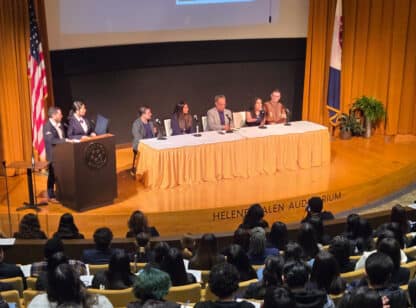


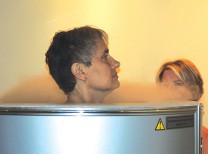

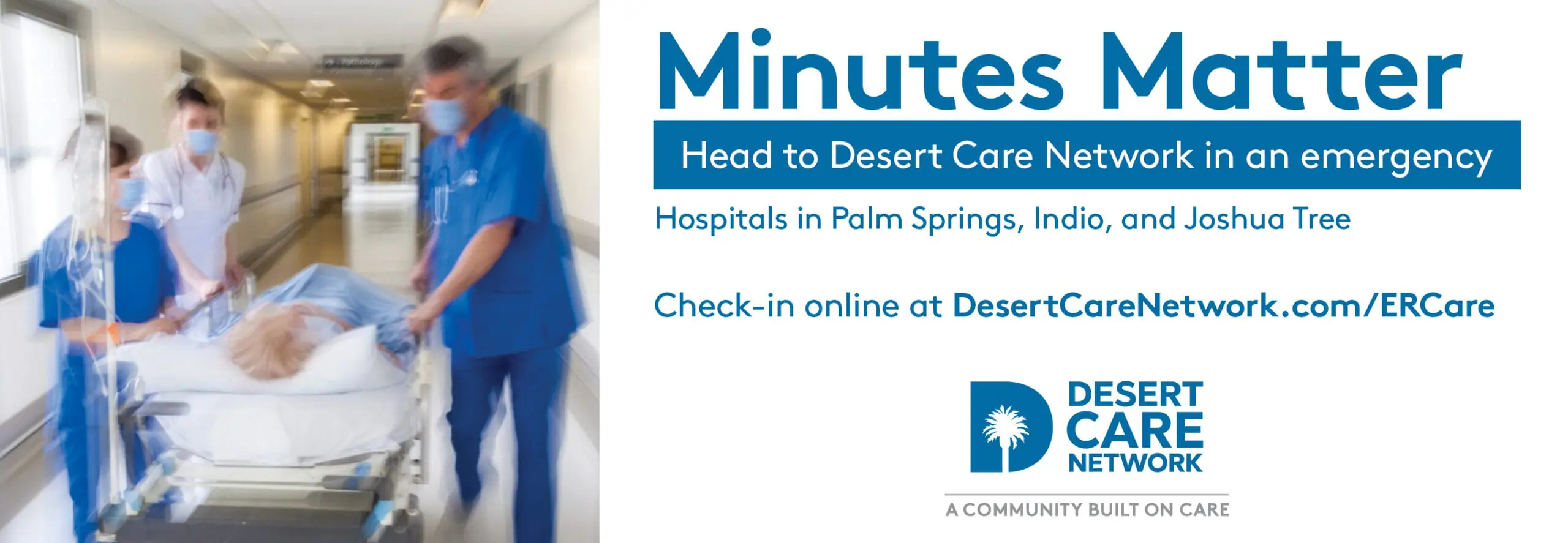
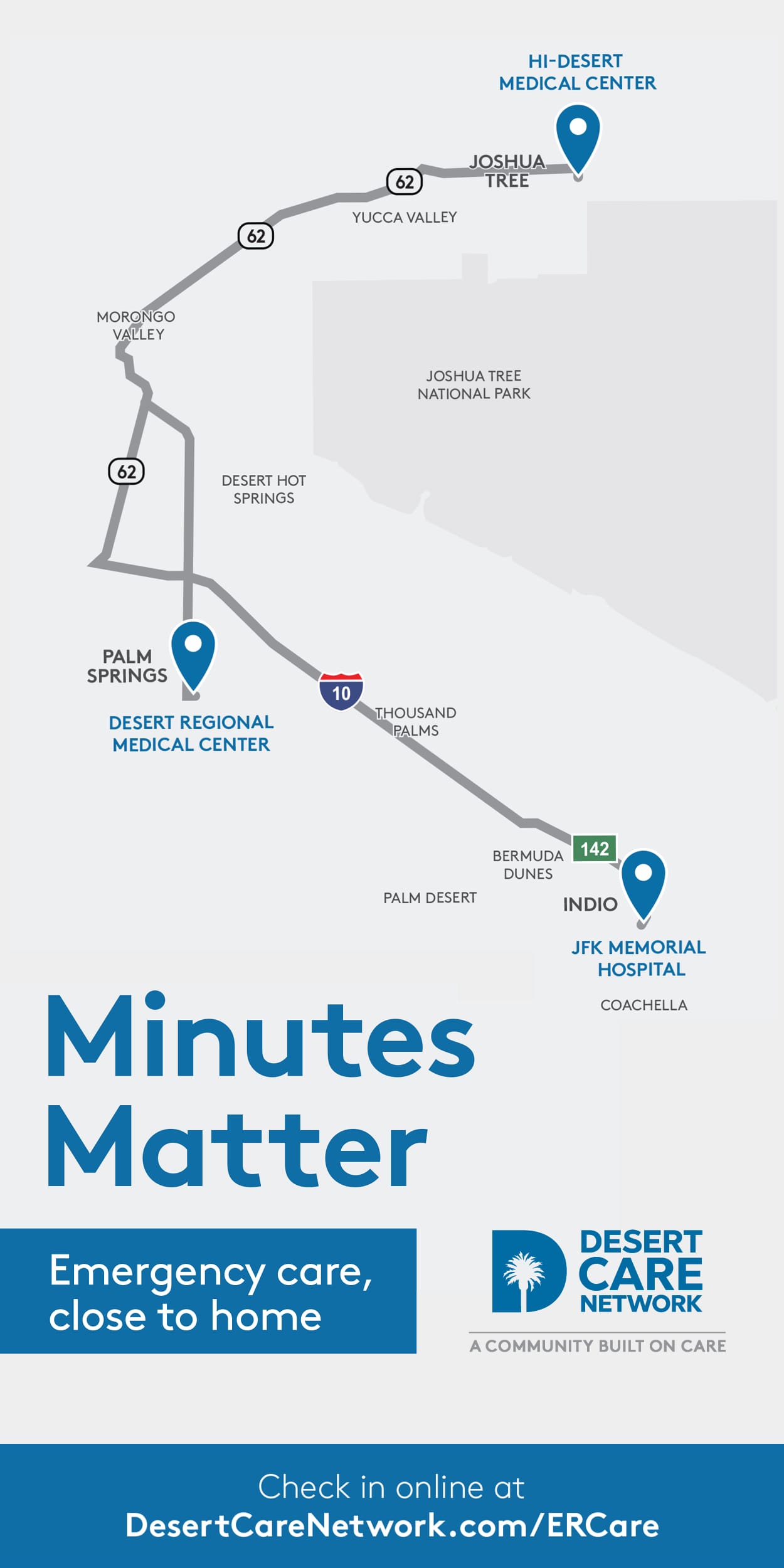

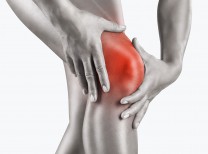

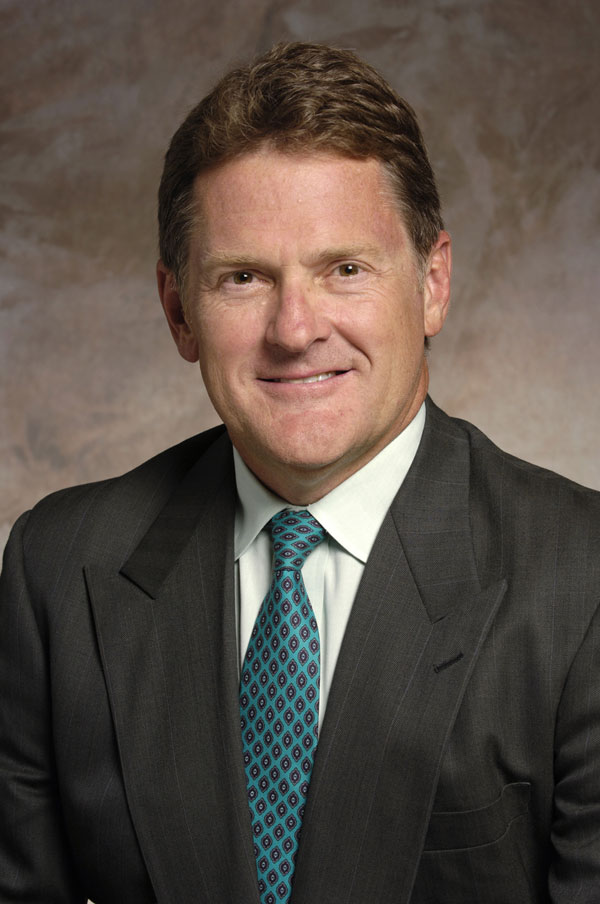





























Comments (0)